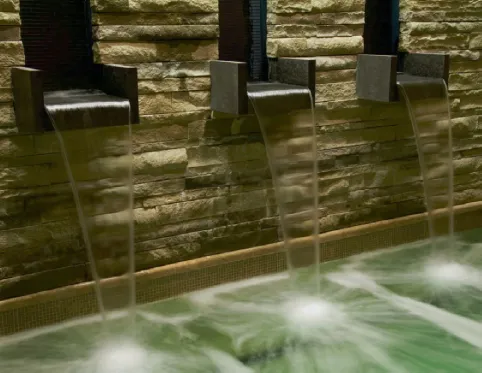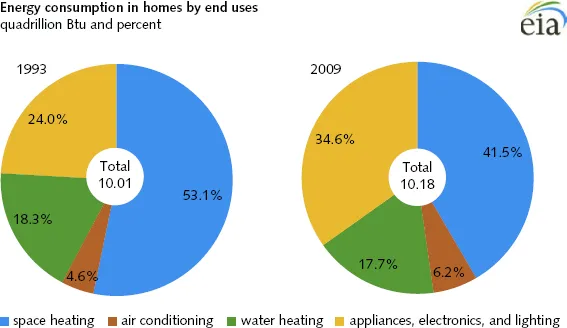
Sustainable Residential Interiors
Annette Stelmack, Kari Foster, Debbie Hindman
- English
- ePUB (handyfreundlich)
- Über iOS und Android verfügbar
Sustainable Residential Interiors
Annette Stelmack, Kari Foster, Debbie Hindman
Über dieses Buch
The Second Edition of Sustainable Residential Interiors addresses cutting edge processes, strategies, and principles as well as details for in-depth product vetting criteria. Award-winning, leading interior designer Annette Stelmack shares her expertise from the perspective of LEED Building Design & Construction projects, healthy interiors, and chemical sensitivities, addressing principles, strategies, and solutions for design practitioners. A comprehensive update of the current state of the sustainable interior design industry is provided, including present and upcoming industry transformations, thought-leading principles, strategies and practices for project implementation, and fine points and resources for in-depth product vetting to support high-performing, healthy interiors.
Sustainable Residential Interiors takes readers through an integrated design process, demonstrating relevant principles and practices that apply to essentially any interiors project toward creating an environment that is healthy, high-performing, functional, sustainable, and beautiful. In doing so, it:
- Promotes critical thinking about health and environmental issues in the building industry
- Features checklists and current resources, providing a "hands on" practical approach
- Addresses in-depth, applicable third party certifications and details on relevant building rating systems
- Provides in-depth strategies and criteria for fixed interior finishes, fixtures, equipment and furnishings
- Demonstrates successful, relevant, diverse and inspiring case studies
- Delivers comprehensive tools and resources for researching and vetting products' composition and chemical make-up.
- Evaluates all aspects of a building's interior to identify and implement methods that: save energy and water; reduce Co2 emissions and waste; improve indoor air quality free of toxins; and are responsive to environmental impacts
- Encourages forward-thinking by featuring inspirational statements from mentors, peers, and industry leaders
- Urges interior designers to commit to designing safe, healthy environments that are integral to a professional code of ethics, which ensure the delivery of positive outcomes for the client and any building's future occupants
Häufig gestellte Fragen
Information
Chapter 1
Why Be Sustainable?

There is no greater potential for personal expression than building one’s own shelter. For this reason alone, home construction should be sustainable for generations to come. And to be truly sustainable, it is not enough to minimize damage to the environment; the construction must have a net positive impact on it.—Dennis Wedlick, AIA
Designers have much to teach the world. Of all people, we understand that there is never only one right way to design anything. Searching for new solutions, creatively adapting what we know to what we need, and solving problems is what designers do. Perhaps, then, we as designers need to expand our vision to include sustainability and start showing ordinary people how to look at the world from a green design point of view.—from Daniel Quinn, Ishmael: An Adventure of the Mind and Spirit (Bantam, 1995)
What Are Green Buildings?
- Energy efficiency and conservation
- Indoor environmental quality
- Resource and materials efficiency
- Occupant health, safety, welfare, and productivity
- Transportation efficiency
- Improved environmental quality including air, water, land, limited resources, and ecosystems
- 39 percent of total energy use and percent of electricity consumption
- 30 percent of greenhouse gas emissions
- 30 percent of raw materials use
- 30 percent of waste output (136 million tons annually)
- 12 percent of potable water consumption

- Nearly 40 percent of total U.S. energy consumption in 2012 was consumed in residential and commercial buildings, or about 40 quadrillion British thermal units (Btus).
- 50 percent of all global energy is used to cool, light, and ventilate buildings.
- More than 50 percent of all resources are used in construction.